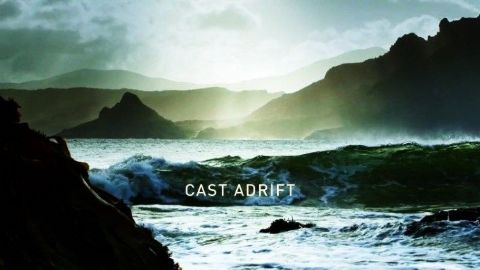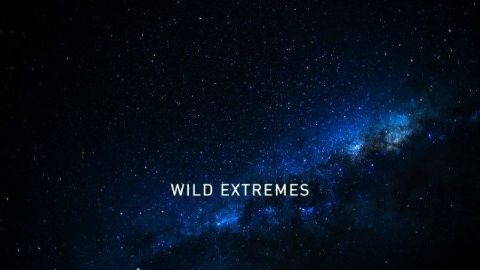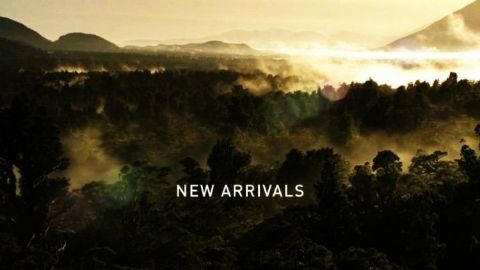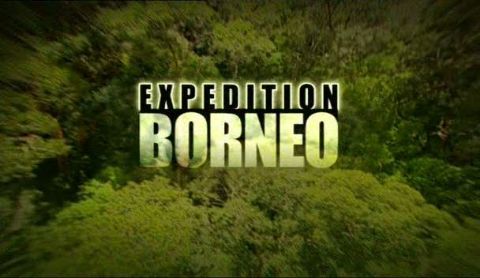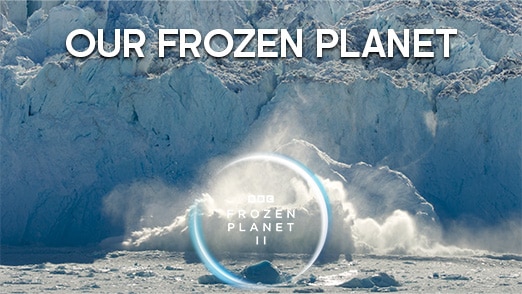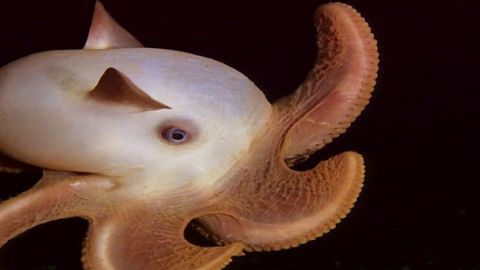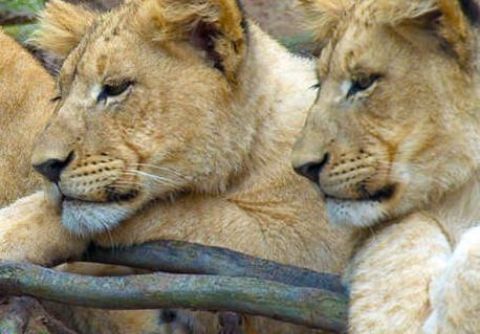New Arrivals • 2016 • episode "Part 3" • New Zealand: Earth's Mythical Islands
New Zealand was one of the last land masses to be found and settled by people. Lush and fertile, almost everything brought here flourishes, often with surprising consequences. Told through the experiences of its native species - in particular, a charismatic and peculiar giant, flightless parrot - this is the moving story of the changing fortunes of New Zealand's wildlife since humans first arrived.
Make a donation
Buy a brother a hot coffee? Or a cold beer?
Hope you're finding these documentaries fascinating and eye-opening. It's just me, working hard behind the scenes to bring you this enriching content.
Running and maintaining a website like this takes time and resources. That's why I'm reaching out to you. If you appreciate what I do and would like to support my efforts, would you consider "buying me a coffee"?
Donation addresses
BTC: bc1q8ldskxh4x9qnddhcrgcun8rtvddeldm2a07r2v
ETH: 0x5CCAAA1afc5c5D814129d99277dDb5A979672116
With your donation through , you can show your appreciation and help me keep this project going. Every contribution, no matter how small, makes a significant impact. It goes directly towards covering server costs.
